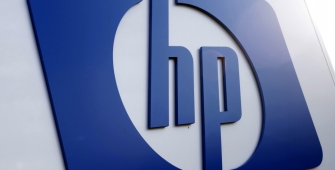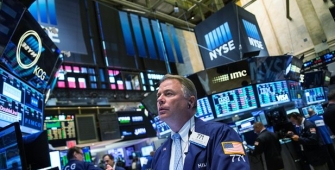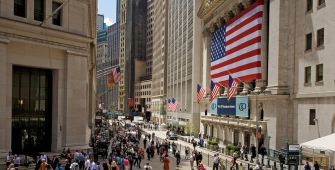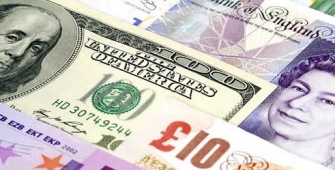InstaForex Gertrude
Active member
HP Inc. Lifts Profit Guidance as PC, Printer Units Outperform

HP Inc.'s sales strongly performed in the second quarter, posting growth in both PC and printer units for the first time in over five years.
The company also reported better-than-anticipated revenue on stronger consumer demand, prompting it to lift its annual profit projection. Shares of the firm climbed 3.6 percent to $19.7 in extended trading.
Revenue from the personal computer business surged 9.6 percent to $7.66 billion in the period ending April 30. The unit represents almost two-third of the firm's overall sales. The firm's printer and copier division also posted its first increase in revenue since 2011, driven partially by the strong demand for its handheld photo printer, HP Sprocket.
Total revenue jumped 6.9 percent to $12.4 billion during the second quarter, as strong consumer demand caused a 12 percent jump in laptop deliveries. Earnings before adjustments registered at 40 cents per share, marginally higher than the expected 39 cents per share.
The firm also lifted its projection for third-quarter profit that beat estimates and also raised its outlook for the entire fiscal year. Full-year adjusted profit is seen to clock in between a range of $1.59-$1.66 per share, exceeding average estimates of $1.62 per share.
News are provided byInstaForex.

HP Inc.'s sales strongly performed in the second quarter, posting growth in both PC and printer units for the first time in over five years.
The company also reported better-than-anticipated revenue on stronger consumer demand, prompting it to lift its annual profit projection. Shares of the firm climbed 3.6 percent to $19.7 in extended trading.
Revenue from the personal computer business surged 9.6 percent to $7.66 billion in the period ending April 30. The unit represents almost two-third of the firm's overall sales. The firm's printer and copier division also posted its first increase in revenue since 2011, driven partially by the strong demand for its handheld photo printer, HP Sprocket.
Total revenue jumped 6.9 percent to $12.4 billion during the second quarter, as strong consumer demand caused a 12 percent jump in laptop deliveries. Earnings before adjustments registered at 40 cents per share, marginally higher than the expected 39 cents per share.
The firm also lifted its projection for third-quarter profit that beat estimates and also raised its outlook for the entire fiscal year. Full-year adjusted profit is seen to clock in between a range of $1.59-$1.66 per share, exceeding average estimates of $1.62 per share.
News are provided byInstaForex.



















